Wedding photography has come a long way over the years, from traditional posed portraits to candid shots capturing the essence of the day. In recent years, there has been a resurgence in the popularity of film photography, with many couples opting for the timeless, classic, and unique look it provides. In this article, we’ll explore the world of wedding film photography, from understanding film photography to choosing the right film wedding photographer.
Understanding film photography is the first step in appreciating the beauty of film wedding photography. Unlike digital photography, where images are captured and stored electronically, film photography uses light-sensitive film to capture images. The process of developing and printing the film creates a unique and distinctive look that cannot be replicated with digital photography. Film photography is also known for its warm tones, natural colors, and soft focus, which add to the romantic and nostalgic feel of wedding photographs.
Choosing the right film for your wedding photography is crucial in achieving the desired look and feel. There are different types of film available, each with its own characteristics and qualities. From black and white to color, from fine-grain to high-speed, the choice of film can greatly impact the final result. A skilled film wedding photographer will be able to guide you in choosing the right film based on your preferences and the lighting conditions of your wedding day.
Key Takeaways
- Film photography provides a timeless, classic, and unique look for wedding photographs.
- Understanding film photography and choosing the right film are crucial in achieving the desired result.
- A skilled film wedding photographer can guide you in choosing the right film and capturing your special day on film.
Understanding Film Photography

Film vs Digital
Film photography refers to the use of film cameras and film stock to capture images. Digital photography, on the other hand, involves the use of digital cameras that capture images electronically. While digital photography has become more popular in recent years, film photography still has its place in the industry.
One of the main differences between film and digital photography is the way in which they capture images. Film photography captures images by exposing the film to light, which creates a chemical reaction that forms an image. Digital photography captures images electronically, using sensors to record the light that enters the camera.
The Resurgence of Film
Despite the rise of digital photography, film photography has experienced a resurgence in recent years. Many photographers appreciate the unique qualities of film, such as its dynamic range and the grain that is inherent in the medium.
Film photography also offers a level of control that is not always possible with digital photography. With film, photographers can choose the type of film stock they want to use, which can have a significant impact on the final image. They can also control the way in which the film is developed and printed, allowing them to create images that are truly unique.
Overall, film photography offers a unique and timeless quality that cannot be replicated with digital photography. Whether you are a professional photographer or an amateur enthusiast, film photography is definitely worth exploring.
Choosing Your Film
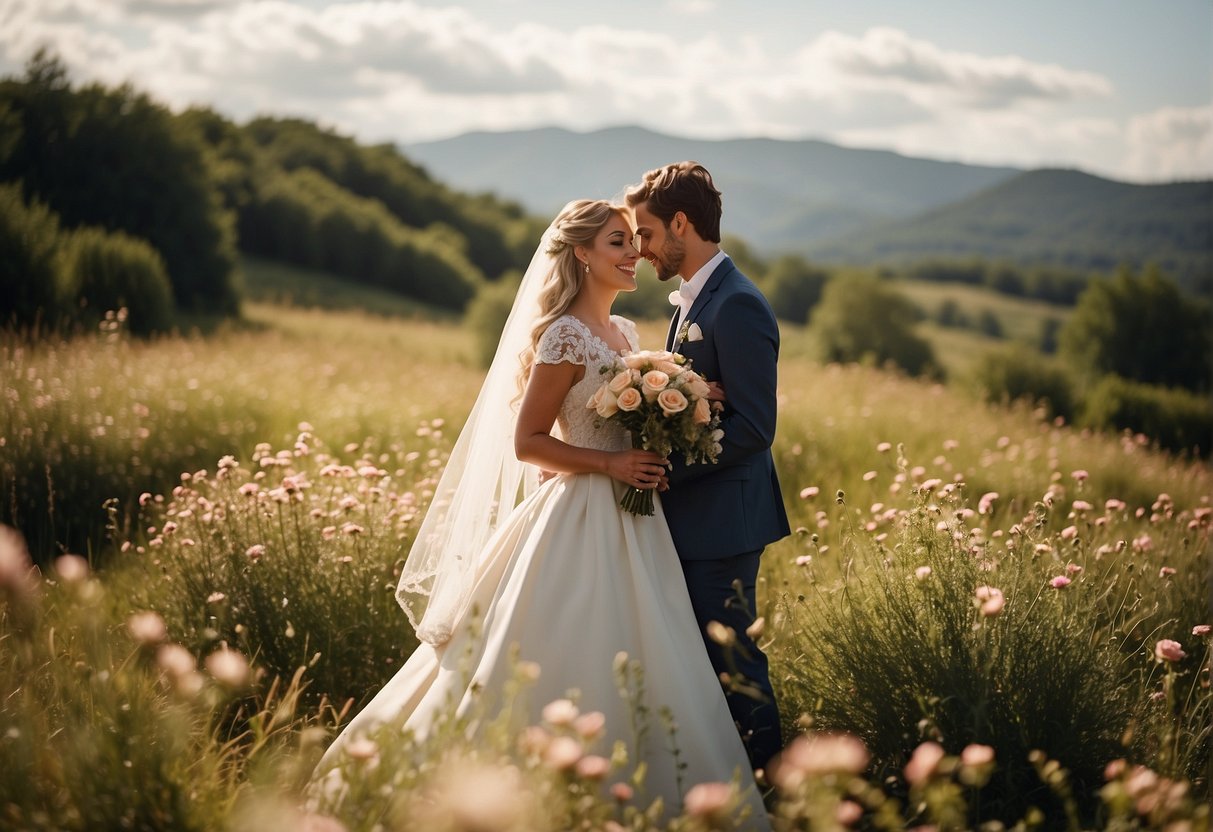
When it comes to wedding film photography, choosing the right film is crucial. The type of film you choose can greatly affect the overall look and feel of your photographs. Here are some things to consider when choosing your film.
Film Types
There are two main types of film: color and black and white. Color film is great for capturing the vibrant colors of a wedding, while black and white film can add a timeless, classic feel to your photos.
Color vs Black and White
When choosing between color and black and white film, consider the overall theme and mood of the wedding. If it’s a modern, colorful wedding, color film may be the way to go. If it’s a more traditional or vintage wedding, black and white film can add a touch of elegance and sophistication.
Popular Film Stocks
There are many different types of film stocks available, but some of the most popular ones for wedding photography include:
- Kodak Portra 800: This film stock is known for its warm, natural colors and is great for low-light situations.
- Fuji 400H: This film stock has a soft, muted color palette and is perfect for outdoor weddings.
- Ilford HP5: This black and white film is known for its fine grain and high contrast, making it great for dramatic, moody shots.
- Kodak Tri-X: Another popular black and white film, Tri-X has a classic, timeless look and is great for capturing candid moments.
Ultimately, the type of film you choose will depend on your personal preference and the style of the wedding. It’s always a good idea to test out different film stocks before the wedding to see which ones work best for you.
Film Cameras and Equipment
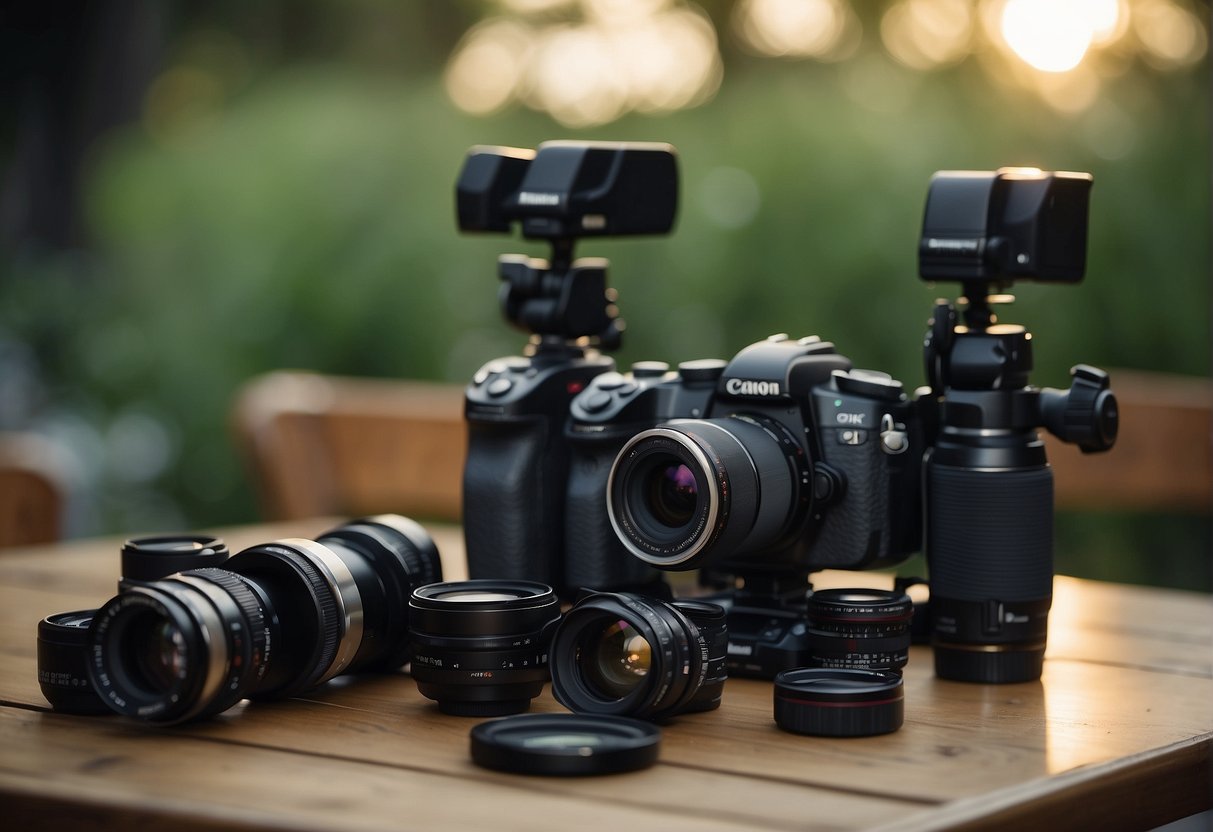
Medium Format vs 35mm
When it comes to wedding film photography, the choice between medium format and 35mm film cameras is a crucial one. Medium format cameras are known for producing higher quality images with greater detail and resolution. However, they are often larger and heavier, making them less portable and more difficult to handle in fast-paced wedding environments. 35mm cameras, on the other hand, are smaller and more lightweight, allowing for greater mobility and ease of use.
Selecting Lenses
The selection of lenses is another important aspect of wedding film photography. Prime lenses are a popular choice for wedding photographers due to their ability to create sharp and clear images with a shallow depth of field. Zoom lenses are also a viable option, providing greater flexibility in framing and composition. When selecting lenses, it is important to consider the focal length, aperture, and image stabilization features.
Essential Accessories
In addition to cameras and lenses, there are several essential accessories that wedding photographers should consider. A tripod is a must-have for capturing steady shots, especially in low light situations. A light meter is also useful for ensuring proper exposure, while a range finder can help with focusing accuracy. Other important accessories include extra film, batteries, and memory cards.
Overall, selecting the right film camera and equipment is crucial for achieving high-quality wedding photographs. By carefully considering factors such as camera type, lenses, and accessories, photographers can ensure that they are fully prepared to capture the special moments of a wedding day.
The Role of a Film Wedding Photographer
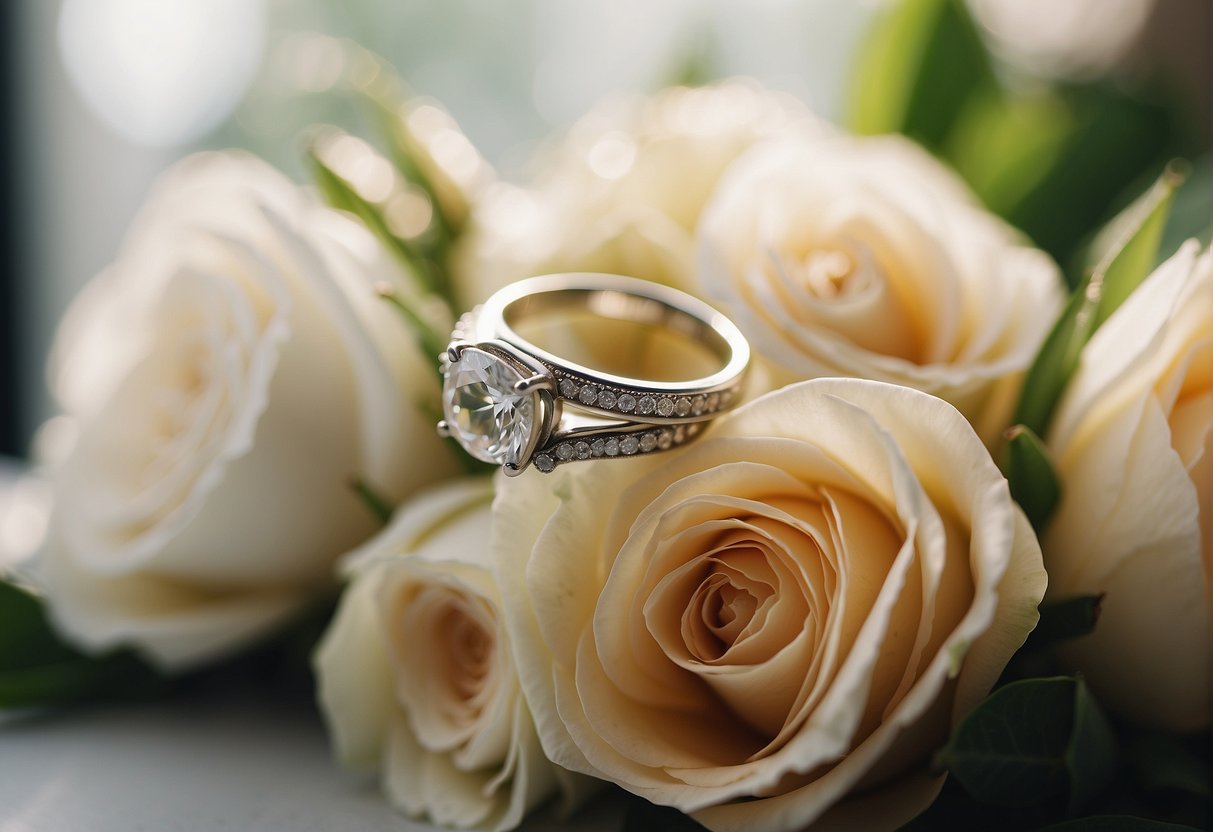
A film wedding photographer has a unique role in capturing the special moments of a couple’s big day. Unlike digital photography, film photography requires a skilled and experienced photographer who can work with natural light and create stunning images that have a timeless quality.
Photojournalism and Documentary
One of the key roles of a film wedding photographer is to capture the day’s events in a photojournalistic or documentary style. This means capturing candid moments and emotions as they happen, without staging or posing the subjects. The photographer must be skilled in anticipating and capturing these moments, often without being noticed by the subjects.
Fine Art Wedding Photography
In addition to capturing candid moments, a film wedding photographer often incorporates a fine art style into their work. This involves creating images that are not only beautiful but also have a unique artistic quality. The photographer must be skilled in composition and lighting to create these stunning images.
Working with Natural Light
A film wedding photographer must also be skilled in working with natural light. Unlike digital photography, film requires a certain amount of light to create a properly exposed image. The photographer must be able to read and anticipate the light conditions and adjust their camera settings accordingly.
Overall, a film wedding photographer plays a crucial role in capturing the special moments of a couple’s big day. With their skill and experience, they create images that have a timeless quality and will be cherished for years to come.
Shooting the Wedding on Film
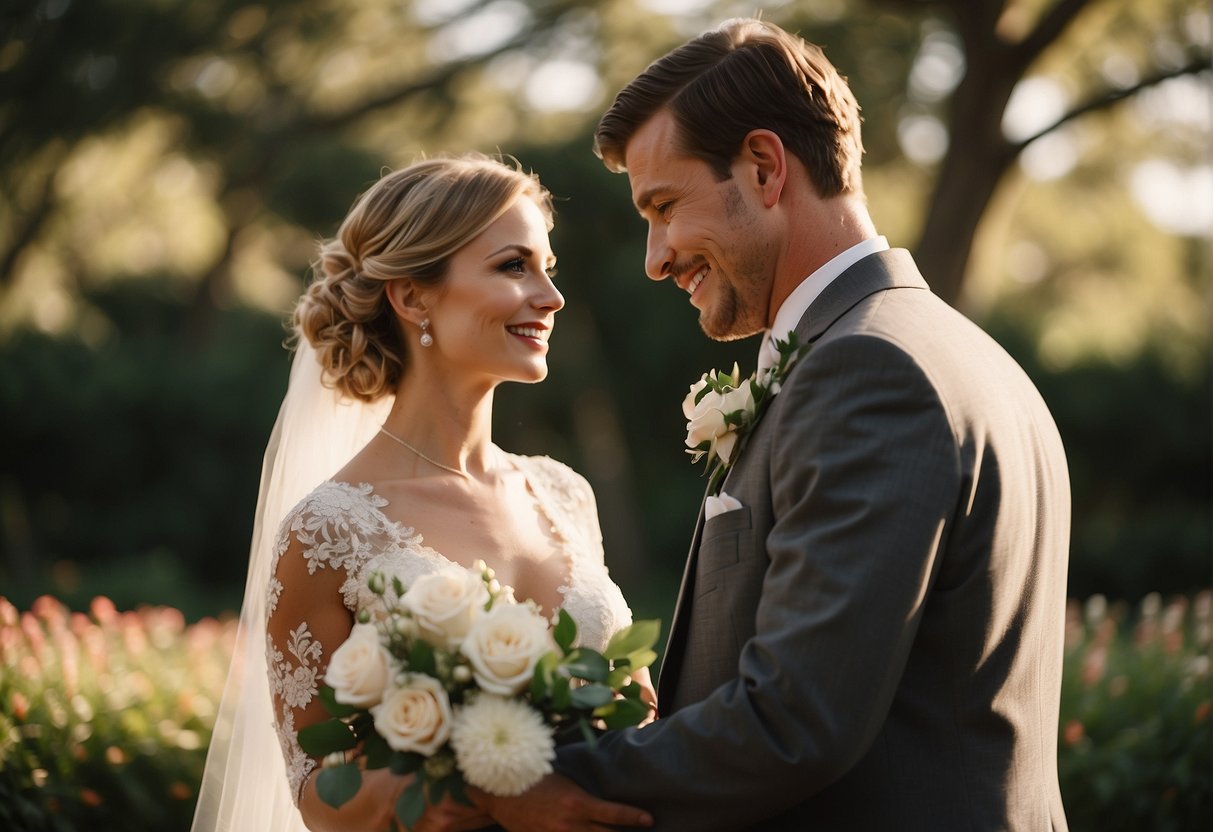
When it comes to wedding photography, film has a timeless quality that can’t be replicated by digital cameras. Shooting a wedding on film requires a certain level of skill and expertise, but the results can be truly stunning. In this section, we’ll explore some tips and techniques for shooting a wedding on film.
Capturing the Moment
One of the key advantages of shooting a wedding on film is the ability to capture genuine, spontaneous moments. Film has a unique quality that can bring a sense of warmth and authenticity to a photograph. To capture these moments, it’s important to be prepared and anticipate what might happen next. This means being in the right place at the right time, and having your camera ready to go.
Film Exposure and Lighting
Getting the right exposure is crucial when shooting on film, as there is limited room for error. It’s important to understand the basics of exposure, such as shutter speed, aperture, and ISO. Lighting is also a critical factor when shooting on film, as film is less forgiving than digital when it comes to overexposure or underexposure. It’s important to be aware of the lighting conditions and adjust your camera settings accordingly.
Candid and Authentic Moments
One of the hallmarks of great wedding photography is capturing candid, authentic moments. Film has a way of bringing out the best in people, and can help create a relaxed and natural atmosphere. To capture these moments, it’s important to be discreet and unobtrusive. This means blending into the background and letting the events unfold naturally.
In conclusion, shooting a wedding on film requires a certain level of skill and expertise, but the results can be truly stunning. By understanding the basics of exposure and lighting, and by being prepared to capture genuine, spontaneous moments, you can create wedding photographs that will stand the test of time.
Film Processing and Editing
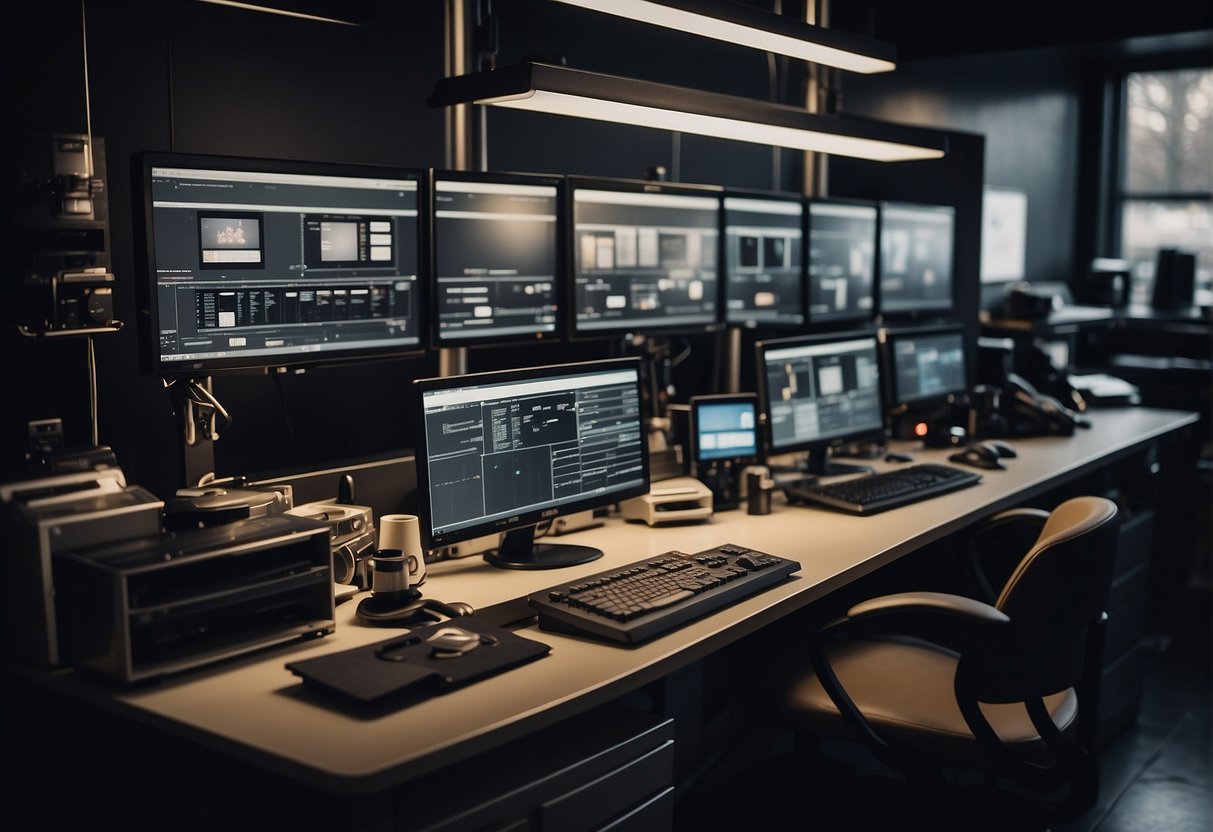
Developing the Negatives
One of the most important aspects of film photography is the development of the negatives. This process involves the chemical treatment of the film to bring out the images captured during the shoot. The development process is crucial as it determines the contrast, sharpness, and overall quality of the final images.
Professional wedding photographers typically use a film lab to develop their negatives. These labs have the necessary equipment and expertise to ensure that the film is processed correctly. The lab technicians carefully handle the film and use specialized chemicals to develop the negatives.
Editing for a Timeless Aesthetic
Once the negatives have been developed, the next step is to scan them into a digital format for editing. Editing film images requires a different approach than digital images. The editing process for film photography involves enhancing the natural colors and tones of the images to create a timeless aesthetic.
Wedding photographers who specialize in film photography often use editing software such as Lightroom or Photoshop to edit their images. During the editing process, they focus on adjusting the exposure, contrast, and color balance to create a cohesive and timeless look.
To achieve a timeless aesthetic, wedding photographers often favor a more natural and subtle editing style. They aim to create images that will stand the test of time and not look dated in the years to come. By using film photography and a timeless editing style, wedding photographers can create images that will be cherished by their clients for years to come.
Presentation and Delivery
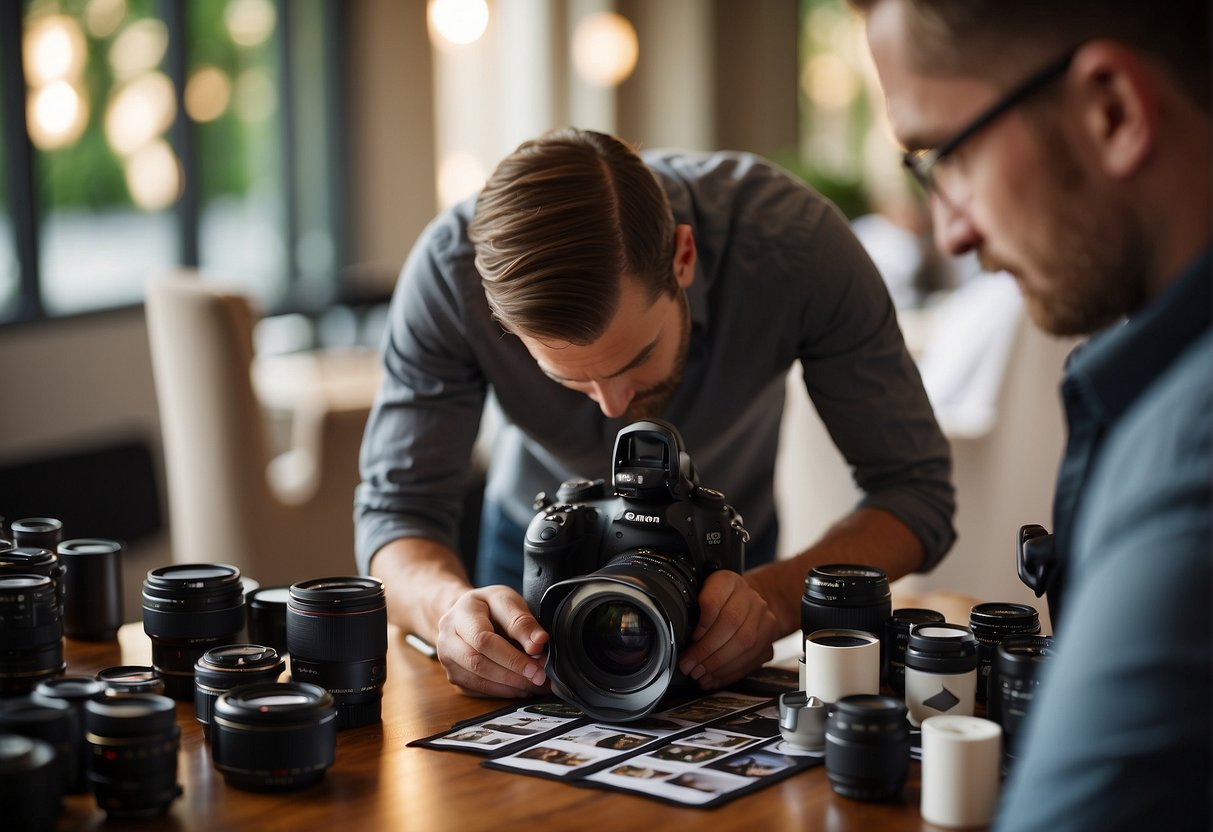
Wedding film photography is a beautiful way to capture the essence of a couple’s special day. However, presentation and delivery of the final product are equally important. Here are some tips on how to create a stunning wedding album and share your work on social media.
Creating the Wedding Album
The wedding album is a tangible keepsake that the couple will cherish for years to come. It’s important to make sure the album is of high quality and visually appealing. Here are some ways to achieve this:
- Choose a high-quality album: Invest in a high-quality album that will stand the test of time. Look for an album with acid-free paper and a sturdy cover.
- Organize the photos: Arrange the photos in a way that tells the story of the wedding day. Start with the getting ready shots, followed by the ceremony, reception, and so on.
- Use a mix of photos: Include a mix of candid and posed shots to capture the full range of emotions from the day.
- Add personal touches: Add personal touches to the album, such as quotes, song lyrics, or special mementos.
Sharing on Social Media
Social media is a great way to showcase your work and reach a wider audience. Here are some tips on how to share your wedding film photography on social media:
- Choose the right platform: Choose the platform that best suits your work. Instagram is great for visual content, while Facebook is more versatile.
- Use hashtags: Use relevant hashtags to help your work get discovered by potential clients.
- Post consistently: Post your work consistently to keep your followers engaged.
- Interact with your followers: Respond to comments and messages to build a relationship with your followers.
Overall, presentation and delivery are key when it comes to wedding film photography. By following these tips, you can create a stunning wedding album and showcase your work on social media.
Choosing the Right Film Wedding Photographer
When it comes to capturing the most important day of your life, choosing the right wedding photographer is crucial. A professional photographer who specializes in film photography can provide you with timeless and classic images that will last a lifetime. Here are some things to consider when choosing the right film wedding photographer for your big day.
Evaluating Portfolios
The first step in choosing a film wedding photographer is to evaluate their portfolio. Look for a photographer who has experience in shooting film and has a portfolio that showcases their work. Take a close look at the quality of their images, the composition, and the way they use light to create stunning images.
It is also important to look for a photographer who has experience shooting weddings. A wedding photographer should be able to capture the emotions and special moments of the day, and their portfolio should reflect that.
Understanding Their Style
Every photographer has their own unique style, so it is important to choose a photographer whose style matches your vision for your wedding day. Some photographers specialize in bright and airy images, while others prefer a more moody and dramatic style.
It is also important to consider the personality of the photographer. A wedding photographer will be spending a lot of time with you on your wedding day, so it is important to choose someone who you feel comfortable with and who can put you at ease.
Some popular film wedding photographers to consider include Jose Villa and Elizabeth Messina. Both photographers are known for their stunning film images and have a wealth of experience shooting weddings.
In conclusion, choosing the right film wedding photographer is an important decision that requires careful consideration. By evaluating portfolios and understanding their style and personality, you can find a photographer who can capture your special day in a way that is timeless and beautiful.
Frequently Asked Questions
What are the advantages of using film cameras for wedding photography?
Film cameras offer a unique aesthetic that can’t be replicated by digital cameras. Film has a timeless quality that gives wedding photos a classic and romantic feel. Film also has a wider dynamic range which allows it to capture details in highlights and shadows that digital cameras may miss. Additionally, film photography forces the photographer to slow down and be intentional with each shot, resulting in a more thoughtful and deliberate approach to capturing wedding moments.
How do I choose a film photographer for my wedding?
When choosing a film photographer for your wedding, it’s important to look at their portfolio to ensure that their style aligns with your vision for your wedding photos. You should also consider their experience shooting weddings, their equipment, and their pricing. It’s a good idea to schedule a consultation with potential photographers to discuss your wedding day and get a sense of their personality and communication style.
What techniques are unique to film photography at weddings?
Film photographers often use a variety of techniques to achieve their signature look. These may include shooting with natural light, using medium format cameras for a more cinematic feel, and incorporating film stocks with unique color palettes. Film photographers also tend to shoot with a more intentional and deliberate approach, taking time to set up each shot and focusing on capturing emotions and moments rather than just snapping photos.
What should be included in a wedding film photography package?
A wedding film photography package should include coverage of the entire wedding day, from getting ready to the reception. It should also include a certain number of edited photos, typically between 50-100 per hour of coverage. Some packages may also include engagement photos, a second shooter, or prints and albums.
How does film photography compare to digital for capturing wedding moments?
Film and digital photography both have their strengths and weaknesses when it comes to capturing wedding moments. Film has a timeless quality and unique aesthetic that can’t be replicated by digital, while digital is more versatile and allows for instant feedback and adjustments. Ultimately, the choice between film and digital comes down to personal preference and the style of the photographer.
What are the typical film formats used in wedding photography?
The most common film formats used in wedding photography are 35mm and medium format. 35mm film is smaller and more portable, making it a good choice for capturing candid moments throughout the day. Medium format film is larger and produces higher quality images with more detail and a more cinematic feel. Some film photographers may also use large format film for portraits and other posed shots.
